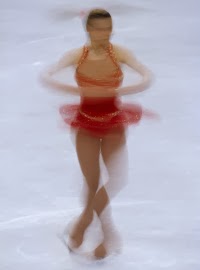Physics Teachers being Naughty
One of the nice things about being a member of the Western New York Physics Teachers Alliance is the email list. Here we can share ideas with colleagues we may see only once every month or two at our regular meetings. The following is an example of one such exchange (names have been deleted to protect the guilty).
I've got a PVC cannon that can fire ping-pong balls/dog toys, paper tubes/rockets, and dry erase markers. It's electrically triggered, but I'm still trying to figure out what the max pressure it can take and still electrically fire. Individual components are good up to 90 psi, but around 70, the sprinkler doesn't actuate. 40 psi will send a dog toy at ludicrous speeds. I also went out and got an air compressor at Harbor freight, so we can basically fire the thing every minute or two (depending). Air compressor is loud as dickens, tho. Actual muzzle velocity calculations/high speed forthcoming.
It can fire dog toys; can it fire toy-dogs (not the plushy kind)?
If you can get them to fit in the barrel. And not wiggle around too much.
We could get a Doppler-shift demo out it, too.
"Yip-yip-yip-yip-yap-yap-yop-yop-yop-yop"


.gif)
